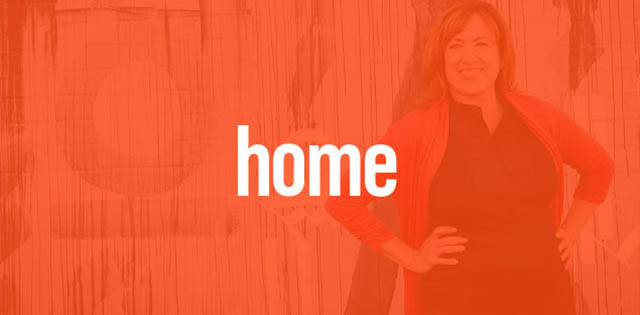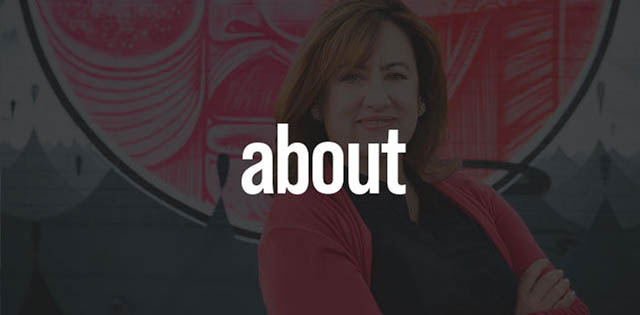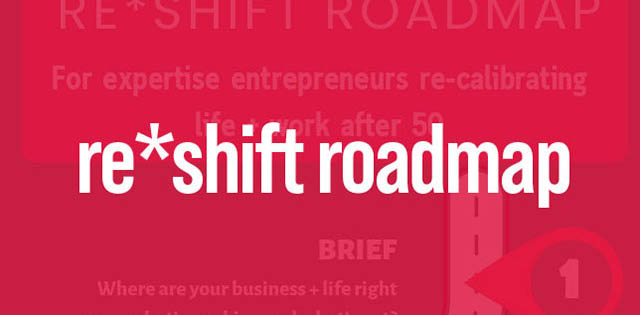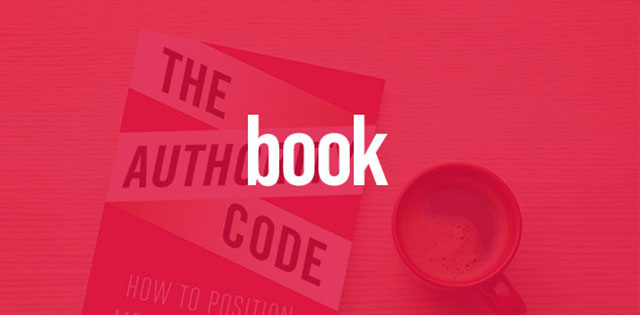Another Way To Think About Positioning
- March 5, 2020
- Category: Positioning
A working definition of positioning: deliberately defining how you are different and better at something that a defined market cares a lot about.
It’s easy to get twisted in the weeds when you’re looking at it from the inside of the bottle, so try thinking about it from your ideal potential client’s perspective instead.
Let’s say your best client is typically:
The VP of sales for a Fortune 500 company selling big-ticket technology solutions;
Looking for a way to re-design their pay for sales reps to better align rewards with results;
Deeply interested in sustaining high morale inside their sales teams;
Working collaboratively with their internal employee compensation/HR department.
Let’s start by agreeing this is a sophisticated buyer—s/he will probably come your way via referrals from their network and will anonymously pop on your site and/or LinkedIn profile to see if you’re a contender.
What message, what positioning will most appeal to this target? And how does that get translated into your website and social profiles?
- Logos they recognize: Xerox, HP, Oracle, Google, Apple.
- Testimonials from people in roles like theirs with similar challenges (and pointing out how your collaborative style and concern for the sales team morale played out).
- A short, pithy statement (in a big, can’t miss it font) on your landing and about pages that summarizes the feeling of the transformations you deliver.
- A clear line of sight from your copy (which speaks VERY specifically to their pain points) to their problems and solutions (no weird jargon, no 18-step methodology, just straight talk).
- Language and images that speak to collaboration—while you’re clearly the expert, your clients are the heroes.
- Content—both on your site and published elsewhere—that reinforces your positioning as THE go-to expert for VPs of sales for big ticket technology solutions (and if you’re speaking at conferences they respect, be sure to make that obvious).
Sometimes working backwards from your client’s selection process can help you “see” how to position yourself even tighter.






